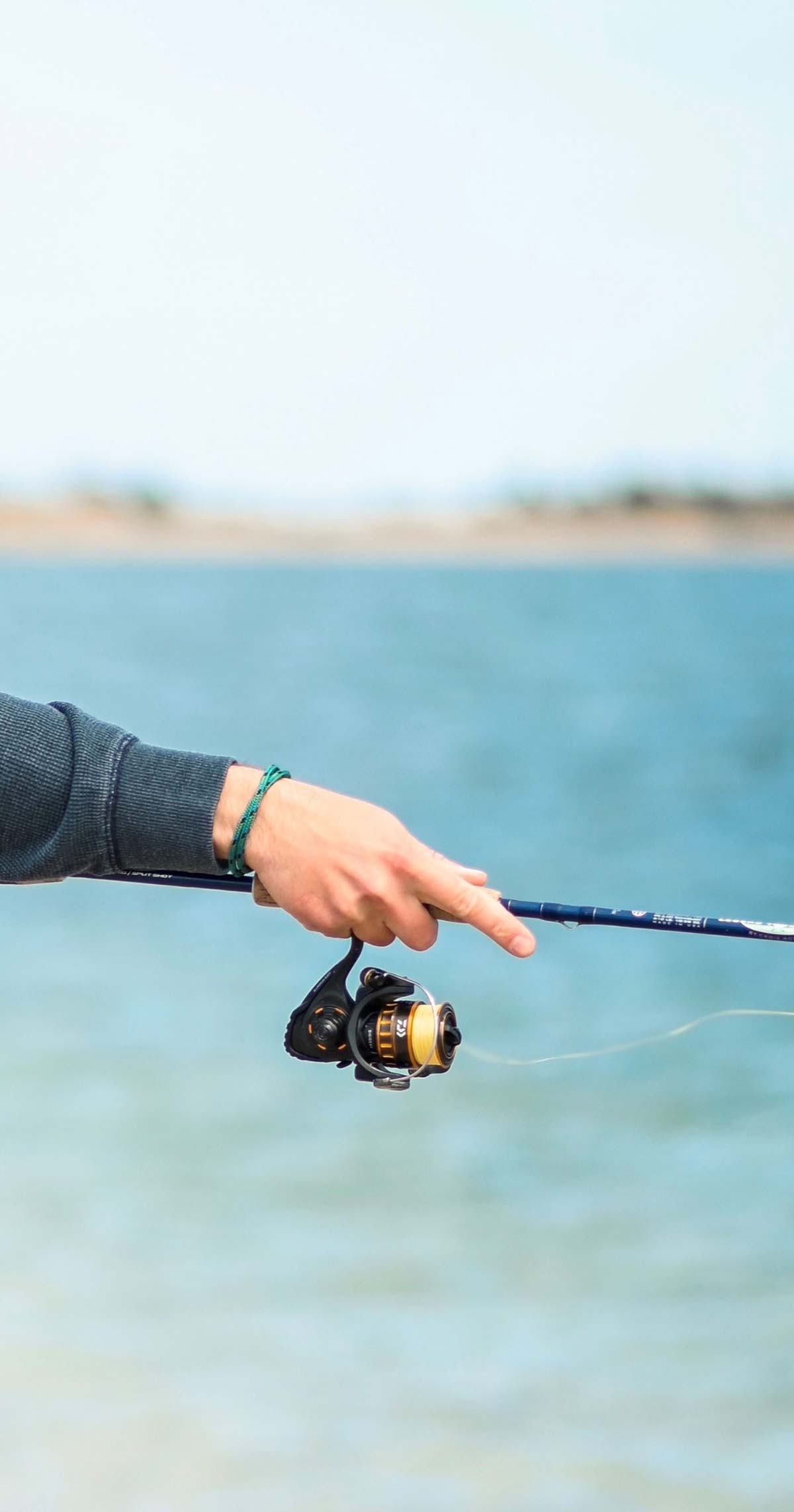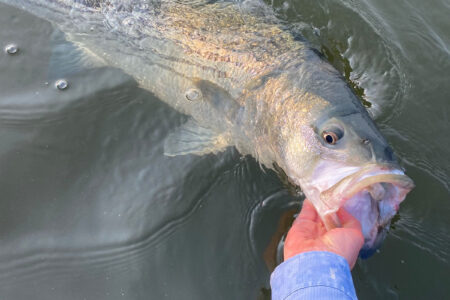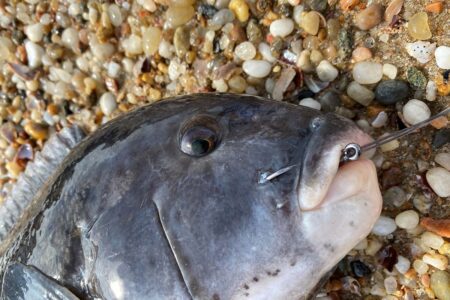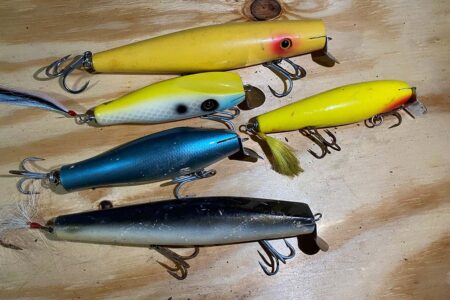
Wind knots are the bane of a fisherman’s existence.
Braided fishing line is the premier choice among surf and boat fishermen due to its strength, casting distance, and durability. However, braid can be prone to knotting up more frequently than your traditional monofilament line. When a knot does occur, it can be frustrating and time-consuming to untangle. To say the least, I’ve spent a lot of time untangling knots when I should be casting at blitzing fish!
There are multiple types of wind knots that occur when fishing braid. Each knot requires a different method of untangling. One of the most common knots is the line twist, these come about when the line turns over itself, causing the loops to become tangled. Another is the backlash knot, these occur when the line gets tangled in the reel spool during a cast. The third knot is the overhand knot, which is created when the braid forms a loop and then crosses over itself to form another loop. These are generally the easiest to deal with. The final knot is the leader knot, this nuisance is created when the leader wraps around the end of the braid leading to a series of tangles.
Now that we have a better understanding of the various wind knots that occur, let’s talk about untangling methods. Before I begin, I often have to remind myself to take a deep breath before diving in. The last thing I want is to get frustrated and try to force the knot apart, this makes the tangle infinitely worse. While there’s no ‘one size fits all’ approach to untangling knots there are a few methods that make my life easier. The first key to untangling a knot is to identify the knot. For instance, if I see a series of twists I usually start by unraveling those before solving the main portion of the tangle. The second method I use is addressing larger pesky loops before diving into the meat of the knot. By gently pulling apart the large loops one at a time I’m able to get down to the root of the problem. That being said, I hit a roadblock as I get down to the smaller loops. These are often almost impossible to loosen. This is where my third method of addressing tangles shines, I always carry a small needle or extra hook to loosen tight knots and pull them apart. It’s important to use as small a point as you can, if the point is too large you risk damaging the line when you attempt to pick the knot. The final method and last resort I use if a knot is unwilling to budge is lubrication. I begin by rubbing chapstick on the knot. Next, I gently pull one end. If I’m lucky enough the line will loosen and I can get back to fishing. Although some of these methods may be time consuming it’s certainly better than cutting back several yards of line.
Of course, the best way to deal with untangling knots is to prevent them from happening in the first place. There’s a few measures I take to ensure that I can spend the most amount of time fishing and the least amount of time dealing with knots. First, I always use quality braid. A few top notch braided lines include Suffix 832, Power Pro Maxcuatro, and SpiderWire Stealth. Each line presents its own unique strengths. For instance, Suffix 832 is known for its casting distance while SpiderWire is known for its high tolerance to abrasion. By pairing each line to my particular needs, I maximize each line’s strengths. That being said, I’ve learned my lesson with cheap braid. Although it may be enticing due to its price point, I often find myself untangling and cutting lines much more than I would with the aforementioned quality products. So spend the extra money for a durable line that you can enjoy for the whole season! The second rule I follow is to use a braid with a smaller diameter, a thinner line is less likely to twist and tangle making it easier to cast and retrieve. Third, and most important, I always check for tangles and twists before I cast. I can’t count the number of times I’ve attempted to launch a cast only to break off a new plug due to a wind knot. Checking your spool on every cast is the best way to prevent heartbreak.



